what can you do
Noxious/invasive weeds and their continued expansion are recognized as one of the greatest threats to the integrity of native plant communities. Millions of acres of once healthy, productive rangelands, forestlands, and riparian areas have been overrun by noxious or invasive weeds throughout the western United States and portions of the Confederated Tribes of the Colville Reservation in north-central Washington are no exception. The expansion of invasive plant species across native lands continues to be a primary cause of ecosystem degradation and the control of these species is one of the greatest challenges in land management.
Invasive species impact slideshow
Below is a slide show of images taken on Colville Reservation lands illustrating the negative impacts these plants can have to the Colville Reservation.
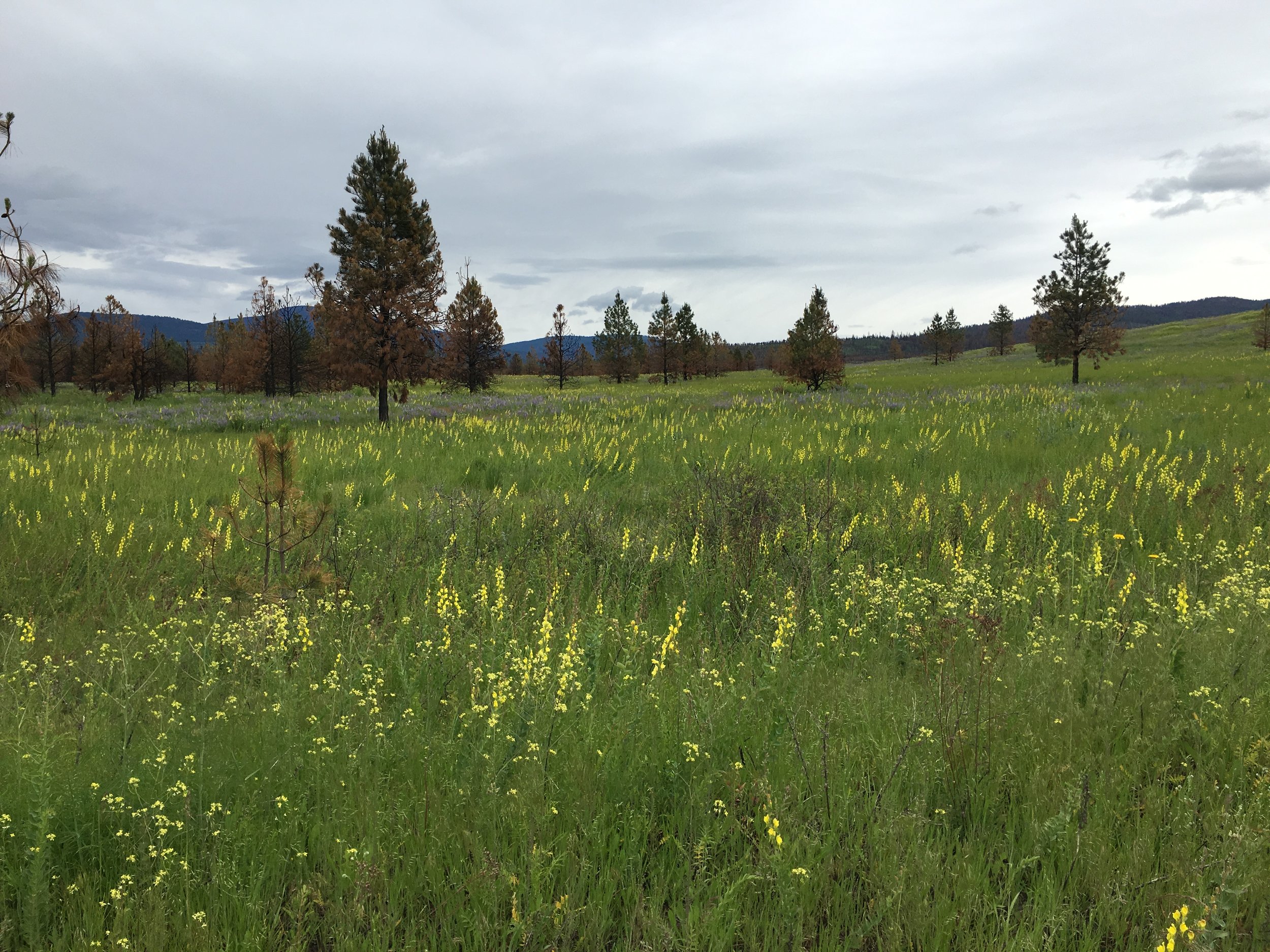
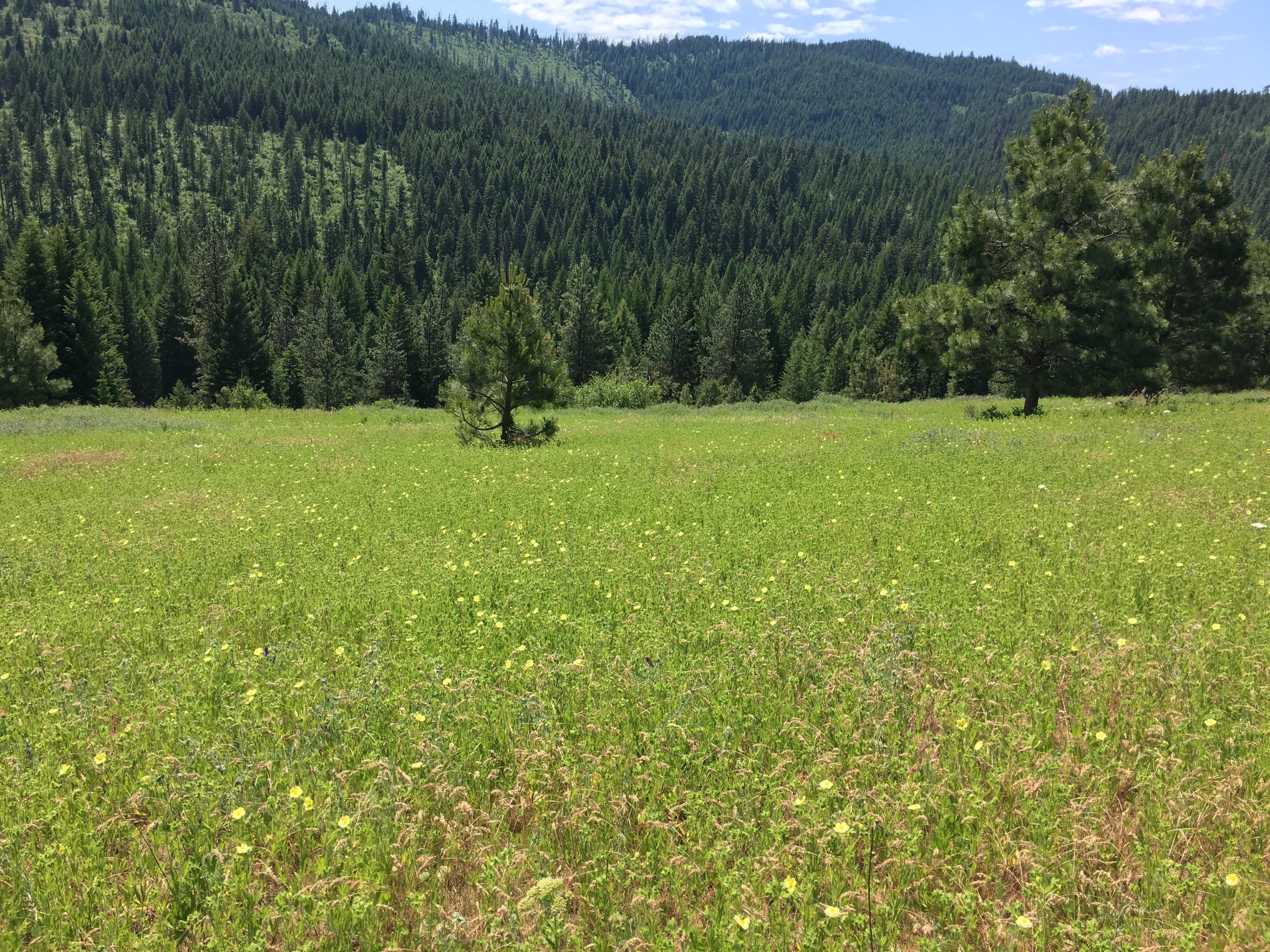
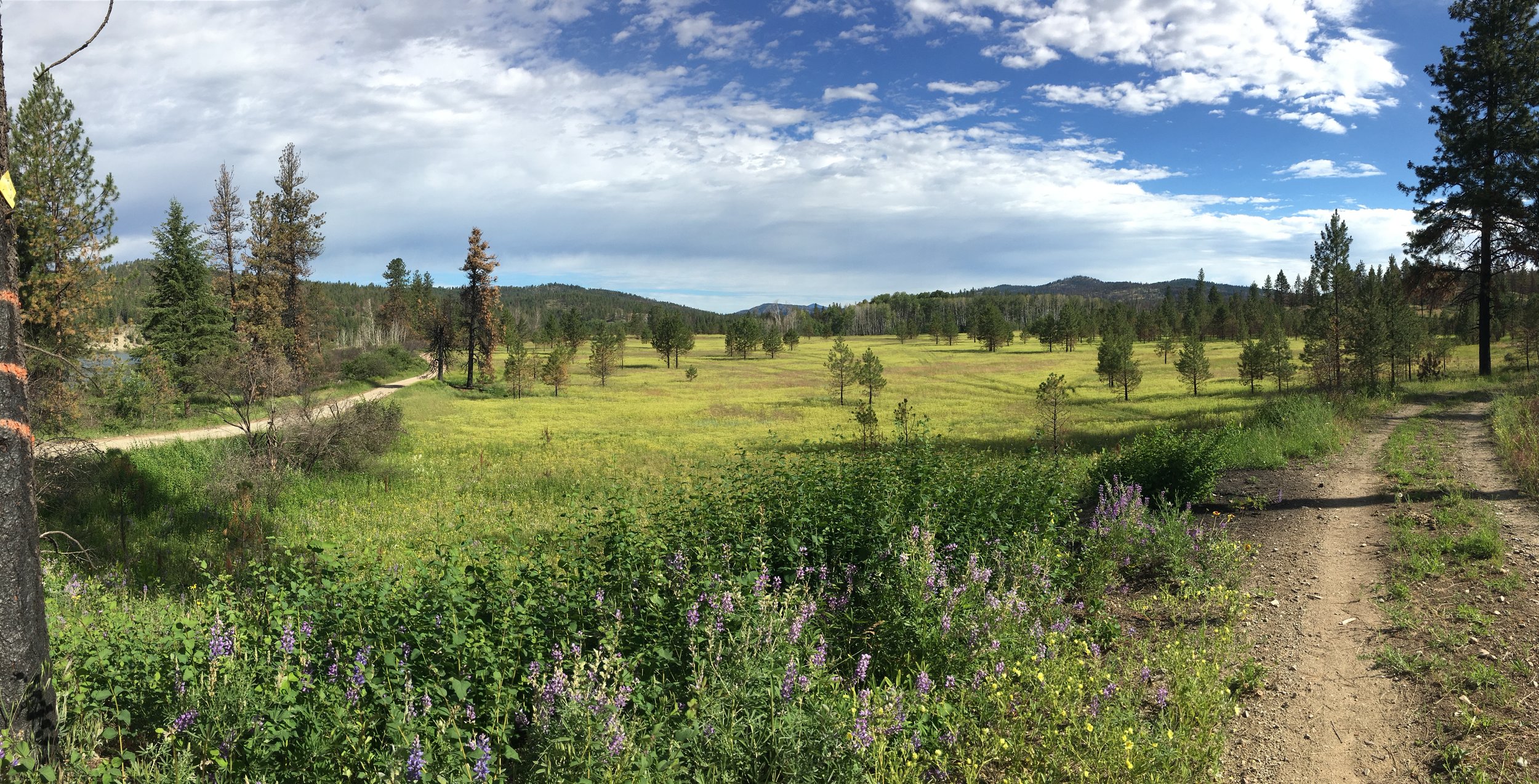
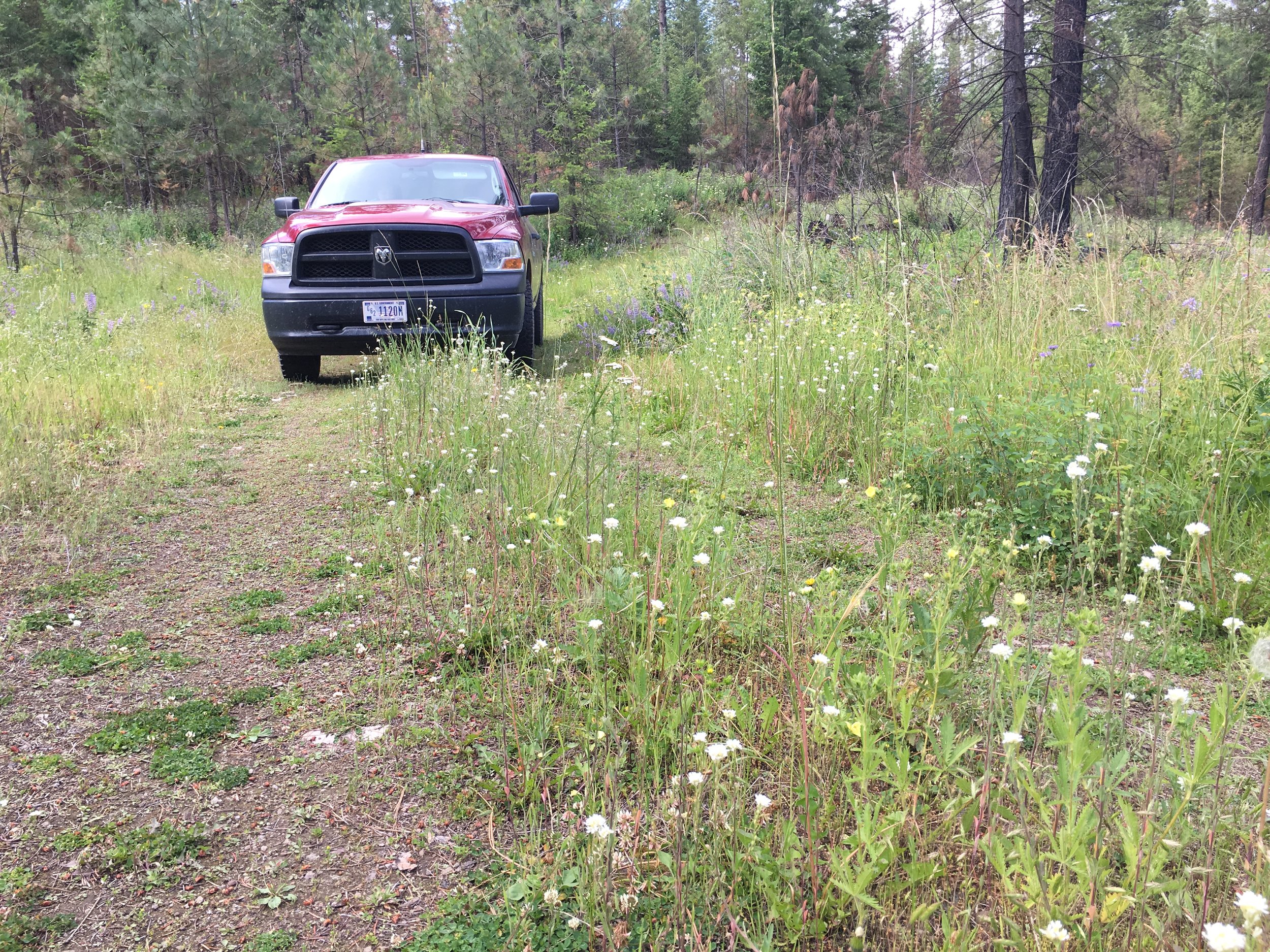

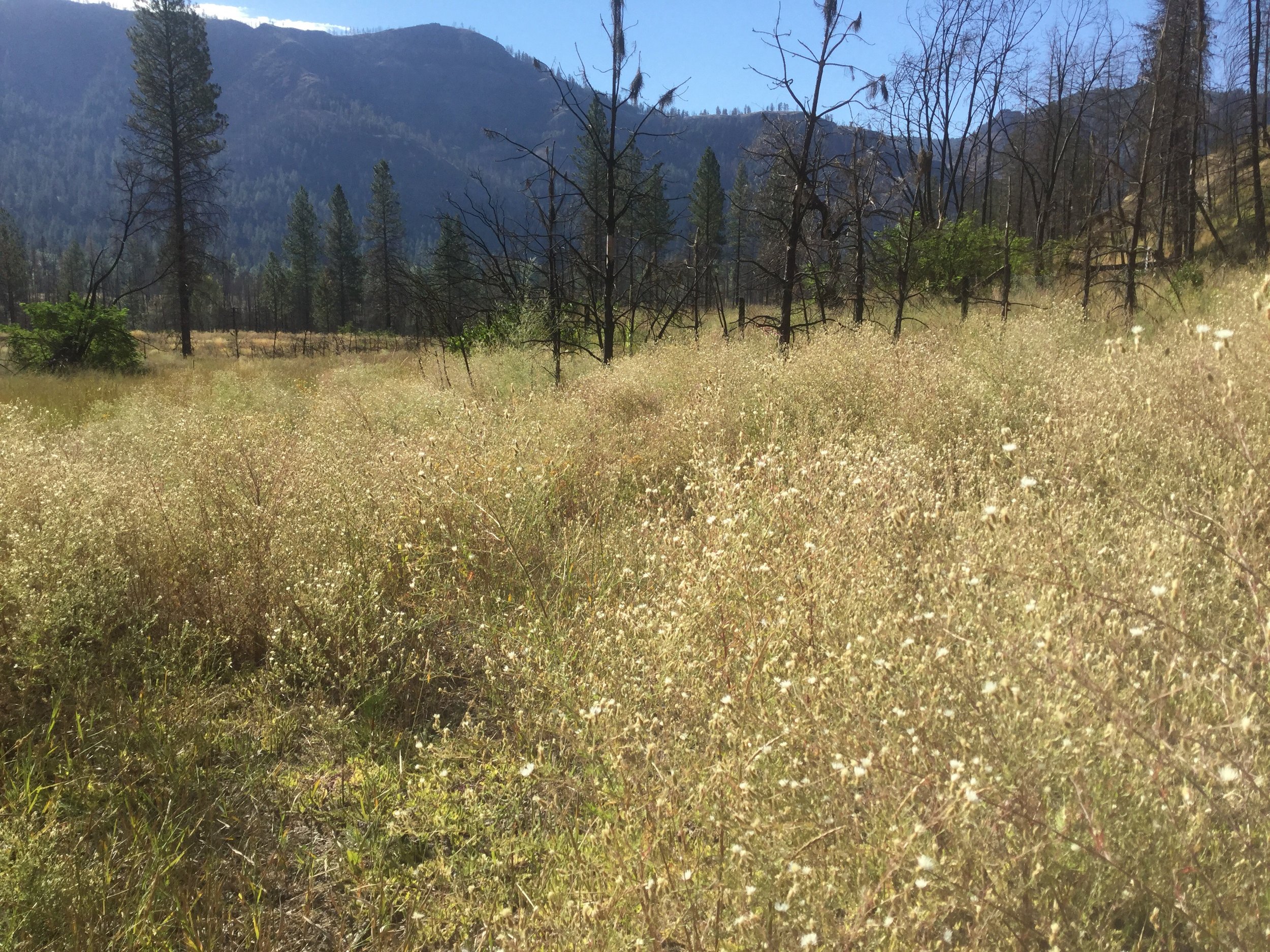
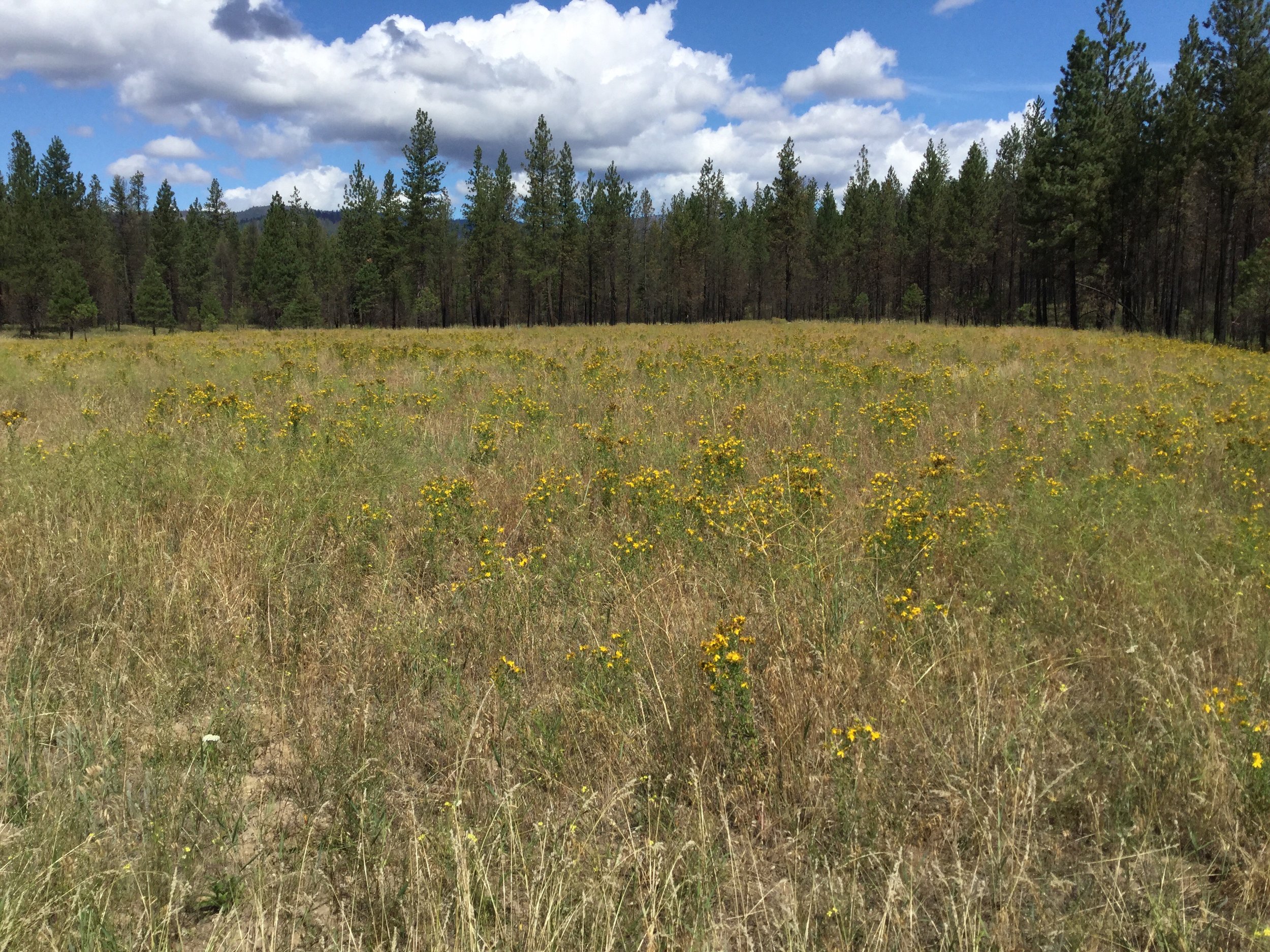

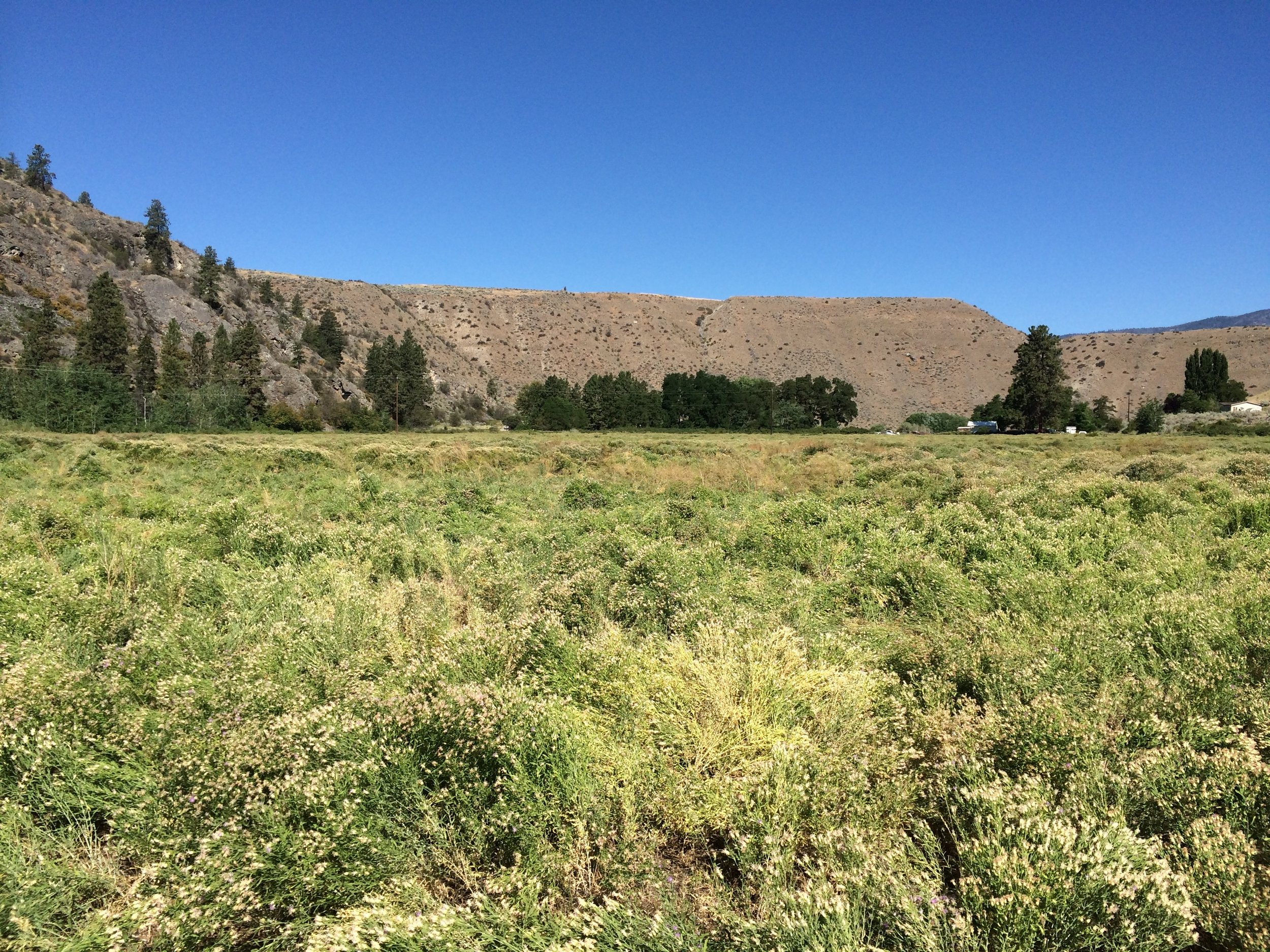
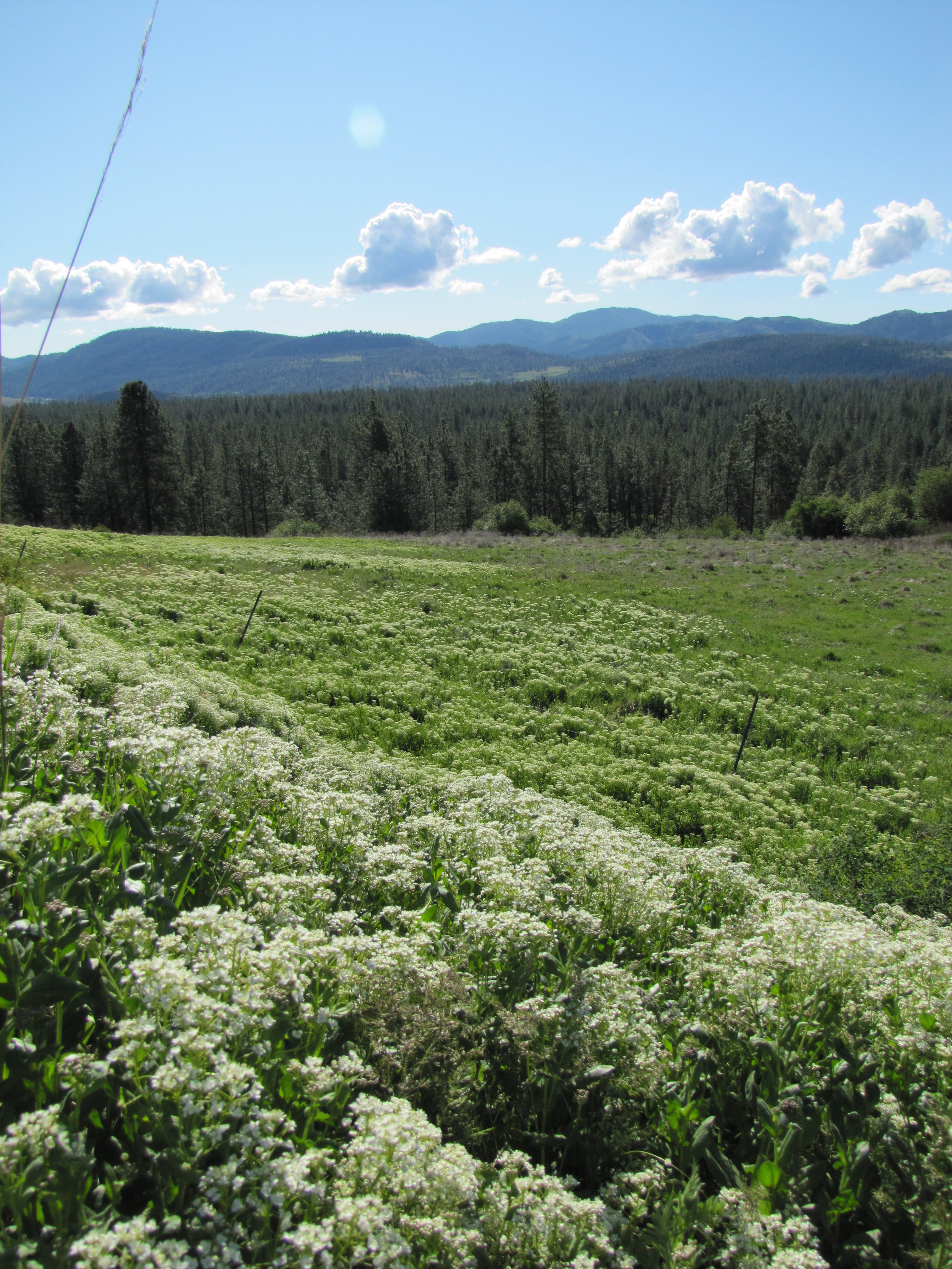
How do Weeds Spread?
Invasive species spread by a variety of ways including by; animals, humans, equipment, vehicles, wind, water, movement of soil, ornamental plantings etc.

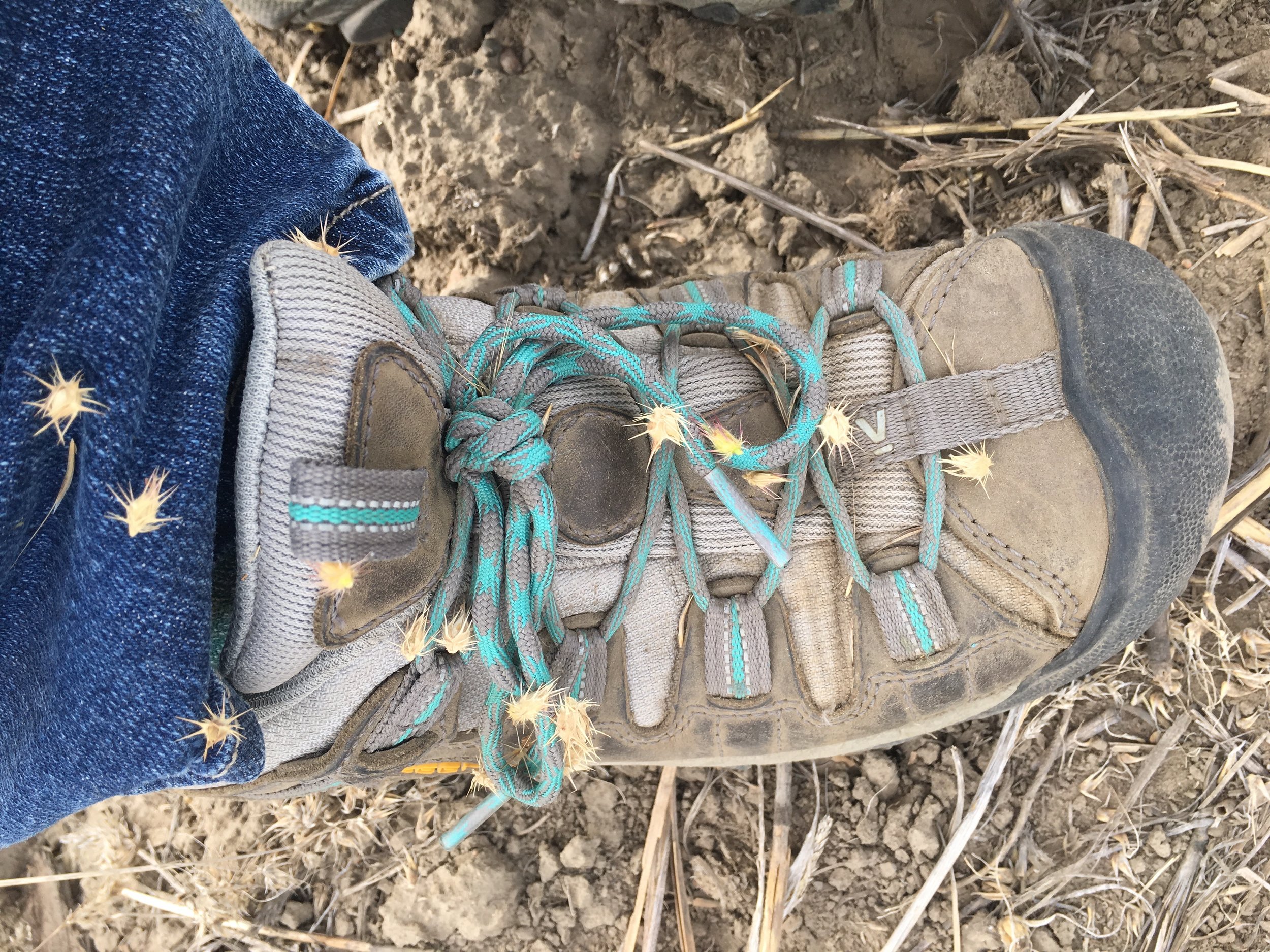


What Can you do?
clean your vehicle; atvs, boats, trailers
avoid driving through weed patches, especially if they have already gone to seed
clean clothes off after walking through weeds
buy weed free seed and straw
Develop an Integrated Weed Management Plan tailored to your property
Things to consider when developing a weed management plan for your property:
What are your short-term and long-term goals with the property
Survey the property and determine what weeds are present
What method(s) of weed control would be most effective for the property
Monitor your progress and adjust your strategies over time
Land Operations staff is available to provide site specific weed management plans for your property, weed identification and assistance in weed control. Please call 509-634-2338 to see how our program could be of assistance to you.

